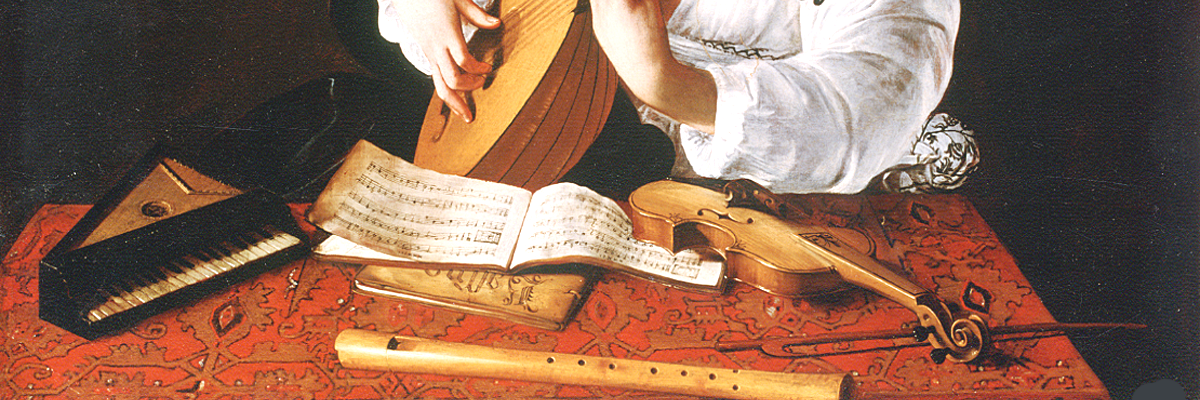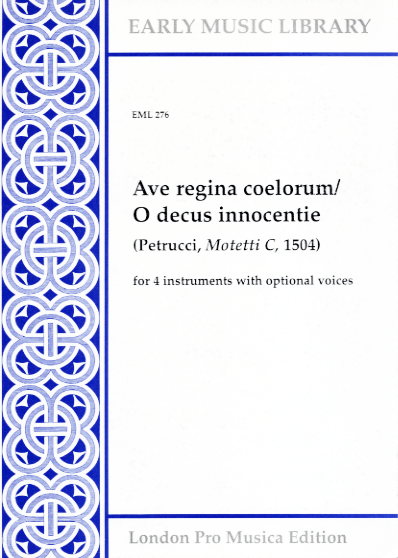This rather unusual work is based on the tenor part of a fifteenth-century classic, Walter Frye s Ave regina coelorum (printed in EML 149). It appears in Petrucci s Motetti C (Venice, 1504). Although the text "O decus innocentie appears in the discantus, it does not fit the music particularly well, and the work seems more like an instrumental arrangement of Frye s well-known original. Petrucci s early motet collections do in fact include purely instrumental works, such as Ghiselin s 4-part La Spagna (printed in Motetti A). Formally the present piece follows Frye s model, with the repetition of the second half of the first section at the end of the piece. Harmonically the piece exploits the potential tonal ambiguity of Frye s tenor, with many cadences on C: while many Bs in the discantus seem to require flattening, there are plenty that must stay as B naturals, because of the movement of the bass. A relatively unusual feature of this work is the range of the altus, which overlaps with the cantus: this alone may indicate that the piece was conceived instrumentally.
The original note values have been quartered, which has resulted in a rather more 'black' note-picture than we are perhaps used to, but brings out, I think, the essentially elaborate nature of this music. Editorial accidentals appear in the usual way, printed small above the stave, applying to the one note only; original accidentals are taken as applying to the whole bar. The text in italics under the tenor part is taken from the original Walter Frye Ave Regina.




